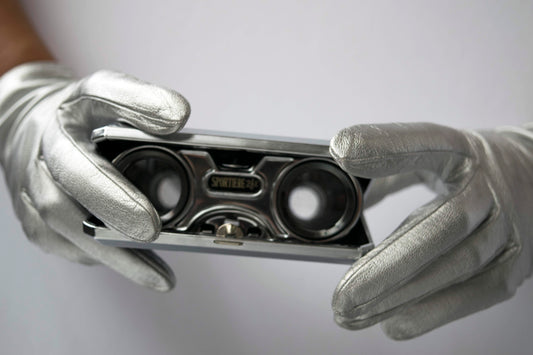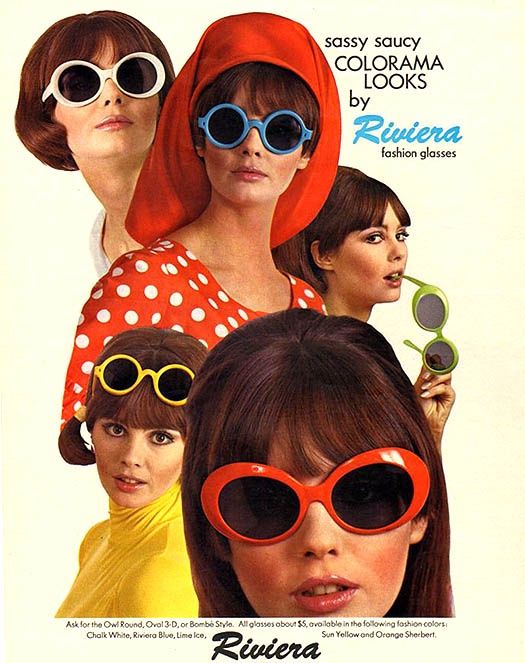talkingfashion

Magnifying the History of Binoculars
Magnifying the History of Binoculars By Paige McKirahan As a direct descendent of the telescope, binoculars are a little bit more portable; whether you need a close look at...
Magnifying the History of Binoculars
Magnifying the History of Binoculars By Paige McKirahan As a direct descendent of the telescope, binoculars are a little bit more portable; whether you need a close look at...

The Revival of Vintage Sunglasses
The Initial Purpose for Sunglasses Sunglasses were not created for the fashion purposes that they serve today - that is just what they evolved into. Initially, they were created for...
The Revival of Vintage Sunglasses
The Initial Purpose for Sunglasses Sunglasses were not created for the fashion purposes that they serve today - that is just what they evolved into. Initially, they were created for...
